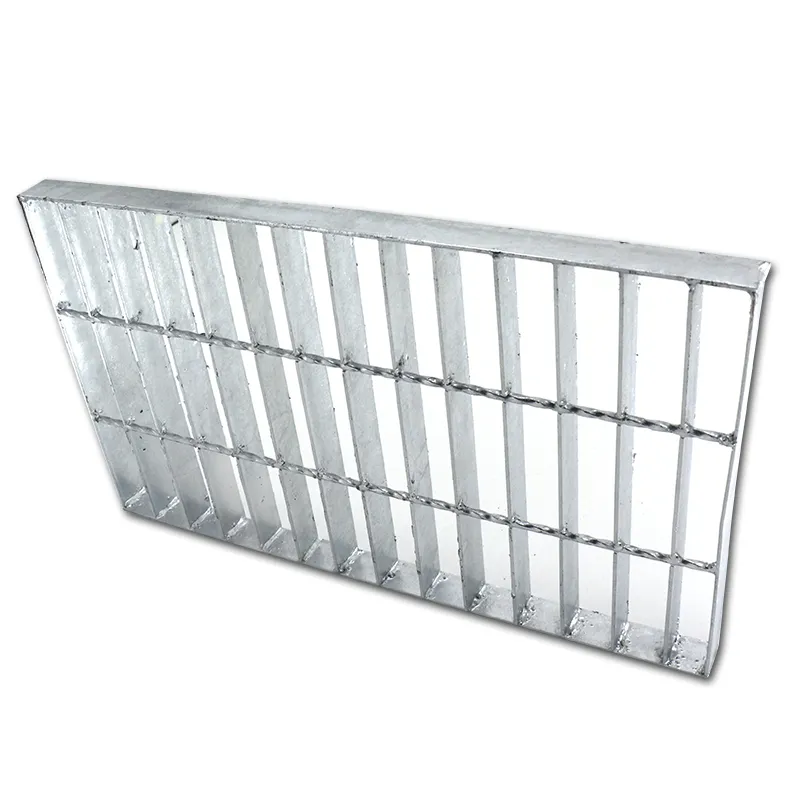
- Afrikaans
- Albanian
- Arabic
- Armenian
- Azerbaijani
- Basque
- Belarusian
- Bengali
- Bosnian
- Bulgarian
- Croatian
- Czech
- Danish
- Dutch
- English
- Esperanto
- Estonian
- Finnish
- French
- Galician
- Georgian
- German
- Greek
- hawaiian
- Hindi
- Hungarian
- Indonesian
- irish
- Italian
- Lao
- Latvian
- Lithuanian
- Luxembourgish
- Macedonian
- Maltese
- Myanmar
- Norwegian
- Polish
- Portuguese
- Romanian
- Russian
- Serbian
- Slovak
- Somali
- Spanish
- Swedish
- Thai
- Turkish
- Turkmen
- Vietnamese
Jan . 01, 2025 09:27 Back to list
Dimensions and Specifications of a Padel Court for Optimal Gameplay Experience
The Importance of Size in Padel Court Design
Padel, a racquet sport that combines elements of tennis and squash, has gained immense popularity worldwide over the last few years. While the sport is enjoyable for players of all ages and skill levels, one crucial aspect that can significantly affect the game is the size of the padel court. Understanding the dimensions and layout of a padel court is essential for both new players and seasoned enthusiasts who want to maximize their experience on the court.
Standard Dimensions
A standard padel court is enclosed and measures 20 meters in length and 10 meters in width. This size is relatively smaller than a traditional tennis court, which contributes to the fast-paced and dynamic nature of the game. The walls that surround the court are part of the gameplay, allowing players to use them to bounce the ball back into play, similar to squash. The height of the walls can vary, but they typically stand between 3 meters and 4 meters for the sides, and at least 4 meters for the back walls. The net, which divides the court in half, stands at a height of 88 centimeters in the middle and 92 centimeters at the ends.
Benefits of the Standard Size
The dimensions of a padel court are designed to enhance the playing experience. The smaller size encourages quick reactions and rapid exchanges, transforming the game into a true test of reflexes and strategy. Players often find themselves engaged in more rallies, and the use of walls creates unique tactical opportunities, leading to a diverse range of playing styles.
Furthermore, the compact nature of the court allows for social interaction among players. With courts being smaller than those of many other racquet sports, spectators can easily watch from the sidelines, making padel a highly social and community-focused sport.
size padel court

Adaptability of Court Size
While the standard dimensions are widely accepted in professional and recreational play, padel courts can be adapted for various purposes and settings. For example, smaller court configurations can be designed for younger players or beginners, promoting skill development in a manageable space. In contrast, larger courts can be constructed to accommodate more players or to host larger events.
Some innovative designs even incorporate multi-sport spaces where padel courts can be easily converted into areas for other activities, such as basketball or volleyball. This flexibility makes padel courts a versatile option, especially in urban areas where space is often limited.
Conclusion
In summary, the size of a padel court plays a pivotal role in shaping the overall experience of the game. Its standard dimensions ensure a fast-paced, engaging environment where strategic play and quick reflexes are rewarded. The adaptability of court sizes allows the sport to cater to various skill levels and audiences, further contributing to its growth and popularity.
As more people get involved in padel, understanding the significance of court dimensions will be essential for improving skills and enjoying the game to its fullest. Whether you're a beginner taking your first steps into the world of padel or an experienced player looking to refine your techniques, the court's size profoundly influences how the sport is played and enjoyed. Embracing the unique characteristics of padel courts will undoubtedly enhance the experience for everyone involved, solidifying padel's place as a beloved sport across the globe.
-
Your Ultimate Solution for Australian Temporary Fencing
NewsMay.14,2025
-
The Ultimate Guide to Crowd Control Barriers: Secure Your Events with Ease
NewsMay.14,2025
-
Secure Your Livestock with High-Quality Livestock Fence Panels
NewsMay.14,2025
-
Enhance Your Livestock Management with Top-Quality Cattle Fences
NewsMay.14,2025
-
Enhance Security and Safety with Temporary Fencing Solutions
NewsMay.14,2025
-
Corral Gates
NewsMay.14,2025









